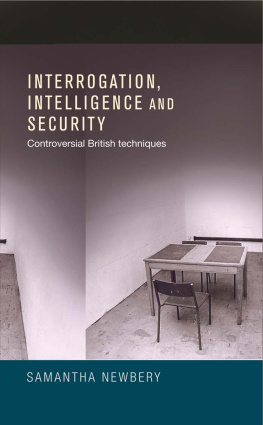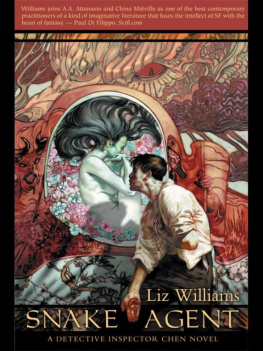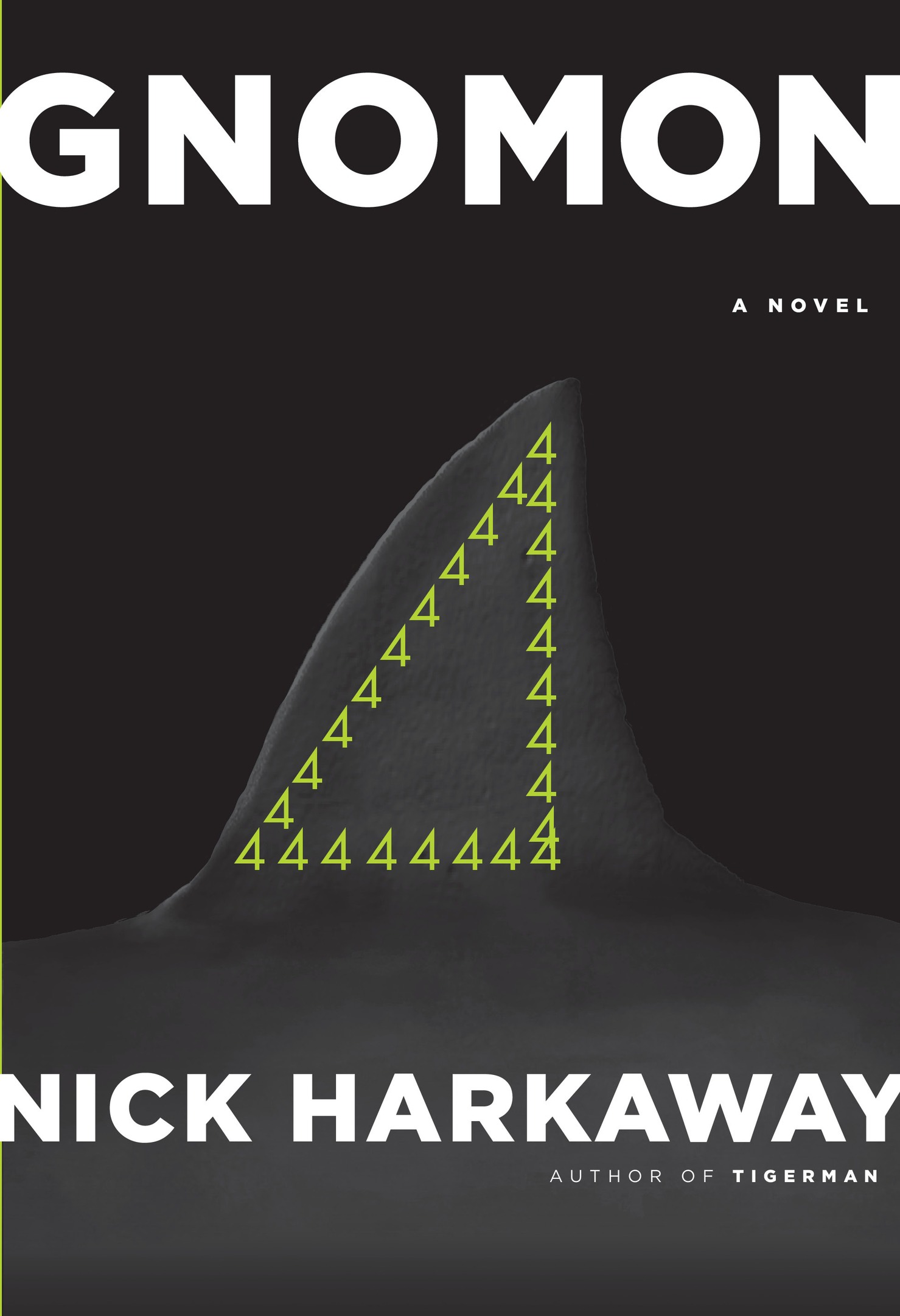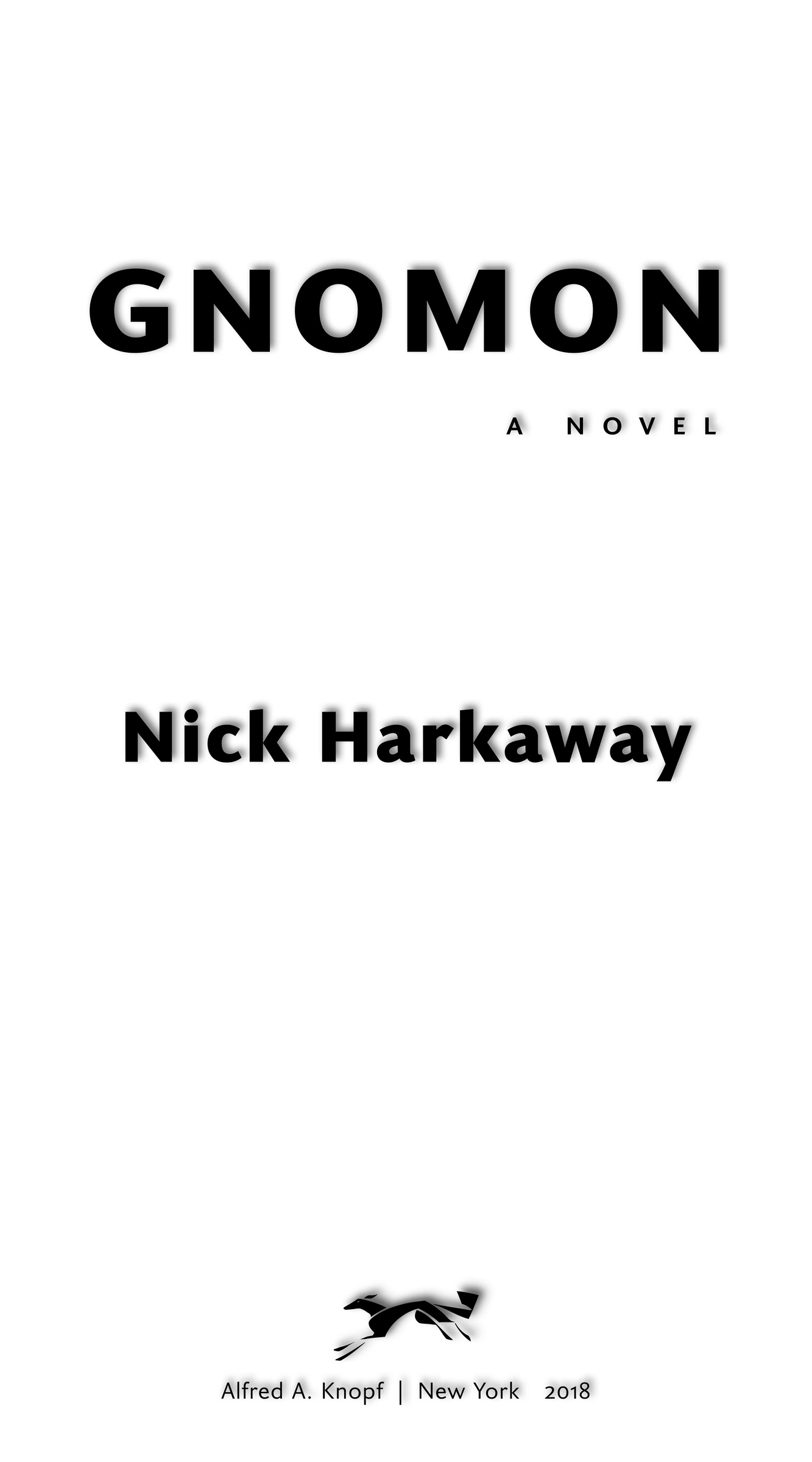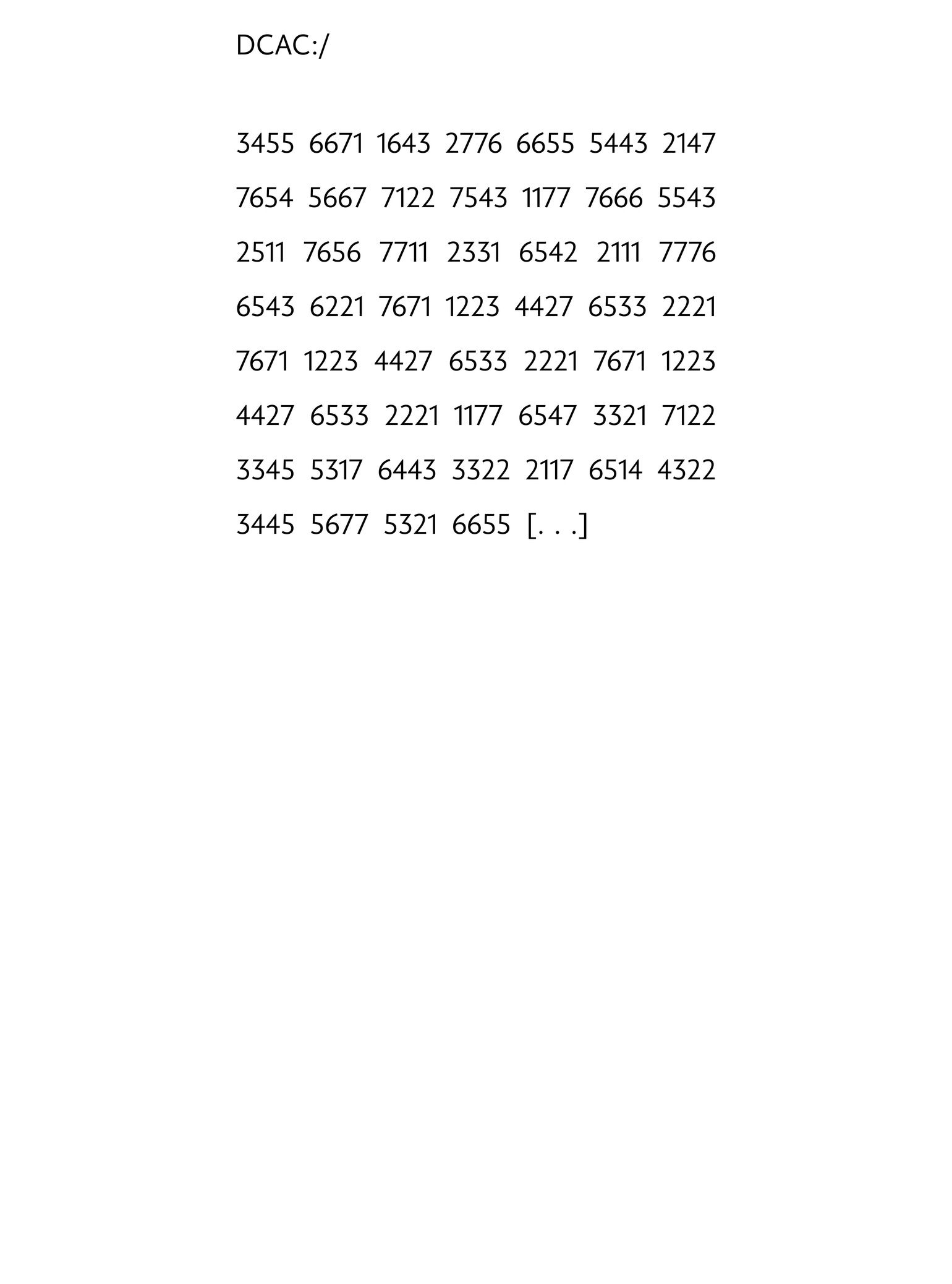ALSO BY NICK HARKAWAY
Fiction
Tigerman
Angelmaker
The Gone-Away World
Nonfiction
The Blind Giant: Being Human in a Digital World
THIS IS A BORZOI BOOK PUBLISHED BY ALFRED A. KNOPF
Copyright 2017 by Nick Harkaway
All rights reserved. Published in the United States by Alfred A. Knopf, a division of Penguin Random House LLC, New York, and distributed in Canada by Random House of Canada, a division of Penguin Random House Canada Limited, Toronto. Originally published in hardcover in Great Britain by William Heinemann, a division of Penguin Random House Ltd., London, in 2017.
www.aaknopf.com
Knopf, Borzoi Books, and the colophon are registered trademarks of Penguin Random House LLC.
Library of Congress Cataloging-in-Publication Data
Names: Harkaway, Nick, [date]- author.
Title: Gnomon : a novel / Nick Harkaway.
Description: New York : Alfred A. Knopf, 2018.
Identifiers: LCCN 2017039289 | ISBN 9781524732080 (hardcover) ISBN 9781524732097 (ebook)
Subjects: | BISAC: FICTION / Thrillers. | FICTION / Science Fiction / General. | GSAFD: Black humor (Literature) | Science fiction. | Mystery fiction. | Dystopias.
Classification: LCC PR6108.A737 G59 2018 | DDC 823/.92dc23 LC record available at https://lccn.loc.gov/2017039289
Ebook ISBN9781524732097
This is a work of fiction. Names, characters, places, and incidents either are the product of the authors imagination or are used fictitiously. Any resemblance to actual persons, living or dead, events, or locales is entirely coincidental.
Cover design by Chip Kidd
v5.1_r1
ep
Contents
For Tom, my son.
Wow.
When the first question was asked in a direction opposite to the customary one, it was a signal that the revolution had begun.
Ryszard Kapuciski, The Emperor
MY MIND ON THE SCREEN
The death of a suspect in custody, says Inspector Neith of the Witness, is a very serious matter. There is no one at the Witness Programme who does not feel a sense of personal failure this morning.
She is looking straight into the camera and her sincerity is palpable. A dozen different mood assessment softwares examine the muscles around her mouth and eyes. Her microexpressions verify her words. As a matter of course, the more sophisticated algorithms check for the telltale marks of Botox and of bioelectric stimulators that might allow her to fake that painful honesty, but no one really expects to find anything, and no one does.
Polling data streams across the screen: 89 per cent believe the Witness was not at fault. Of the remainder of the population, the overwhelming majority believes that any culpability will turn out to be negligent rather than designed. Neiths own figures are even better: she has been called in to investigate the matter precisely because her personal probity is the highest ever measured. All but the most corrosively paranoid of the focus groups accept her good faith.
It is a very good showing, even granting that the Witness has consistently high approval anyway. All the same, the discussion of Diana Hunter continues in the Public Sphereas it shoulduntil it is eclipsed by the next of the killings.

Ninety minutes before, Mielikki Neith stares into her morning mirror, feeling the vertiginous uncertainty that sometimes comes with viewing ones own image, the inability to understand the meaning of her reflected face. She repeats her name, quite softly but with growing emphasis, hearing the noise and yet unable to connect it with the self she feels. Not that she is anyone else: not that any other collection of syllables or features would be better. It is the intermediation of physicality and naming, of being represented in biology or language, that doesnt sit with her in this disconnected instant. She knows it is simply a lingering trace of the dream state, but that does not alter her convictioninappropriately cellular, felt in blood and bonethat something is wrong.
She is correct. In a few moments she will start work, and the day will set her inevitably on the path to the involuted Alkahest. She is just hours from her first meeting with weird, cartilaginous Lnnrot, just over a week from her loss of faith in everything she has believed in her life. As she steps out of her slippers and begins to wash, finding in the animal business of grooming the growing understanding of her body and its place in the process that is her, she is stepping not only on to the cracked white shower tray but also on to that road, the one that conducts her without let or hindrance to a point of crisis: to endings and apocatastasis. She apprehends this now with knowledge she has, from her limited vantage point inside the flow of events, not yet gleanedbut that knowledge is so significant that its echo reaches her even here, gathered in the slipstream of the Chamber of Isis and the most complex and saintly murder in the history of crime. Neiths consciousness is etiolated this morning because it touches itself irregularly along its own extension in time, a contact that makes her almostbut, crucially, not quiteprescient. Instead of foresight, the Inspector gets a migraine, and in that small difference she sets her feet on the pattern that must eventually lead her to all the things I have already mentioned, but most fatefullyfatallyto me.

I can see my mind on the screen
The Inspector awoke this morning, as she does almost every day, to the sound of technological obsolescence. Her residence, provided by the System to employees of her grade, is an airy one-bedroom flat in a period building in Piccadilly Circus. The ancient neon light directly outside her window is faulty and makes a noise when it switches on: the death rattle of twentieth-century advertising. She has complained about it, but does not anticipate any change in her circumstance. Machines these days are somewhat perfected; a visible glitch in a high-profile space such as this has been found to project a reassuring fallibility and evoke a sense of well-being which endures for several days. It conveys the continuing humanness of a nation under digitally mediated governance. The figures are unambiguous.
She listens now, in the quiet aftermath of her public statements, to the hum of the light at full function. When she goes close to the window, she is sure she can feel the hairs on her arms plucked by a static charge, but knows this for a psychosomatic illusion. She turns back to her desk, palms to forehead, then cheeks, and down the line of the nose. Broadcast lights make her eyes itch in their sockets.
Here, then, is her new case, MNEITH-GNOMON-10559. The name looks like nonsense until you know the framework into which it fits. Framing is everything, in filing as in investigative work. First of all, the label acknowledges that it is her case by logging it under her name. The actual ID number is the last part, 10559, but human beings give things names rather than numbers and this way the Witness can control what that name is, avoiding the inadvertent compromise of operations. The specific term, in this case GNOMON, is randomly assigned from a list. THE HUNTER CASE would be less cumbersome, but there might be another case involving another Hunter, and it would not be appropriate to conflate them. GNOMON is there to avoid any kind of confusion: an incontrovertible statement of identity. Beyond that, it apparently means an early geometers tool for marking right angles, a set square made of metal. By extension it means something perpendicular to everything else, such as the upright part of a sundial. She finds the name itchily




